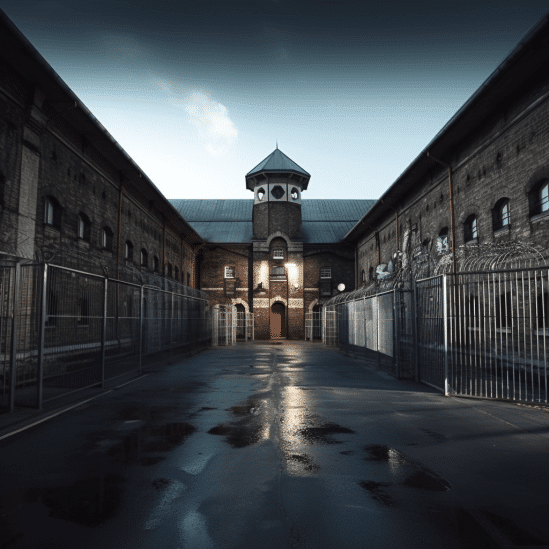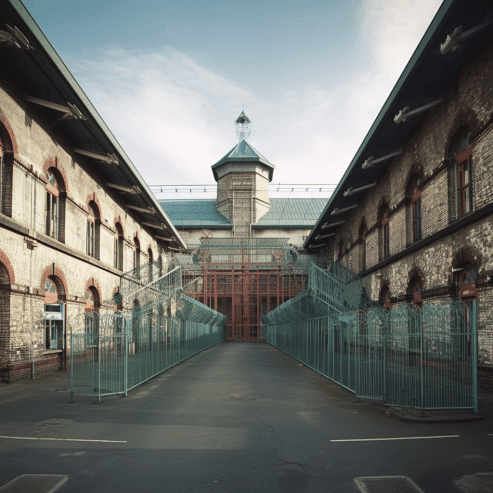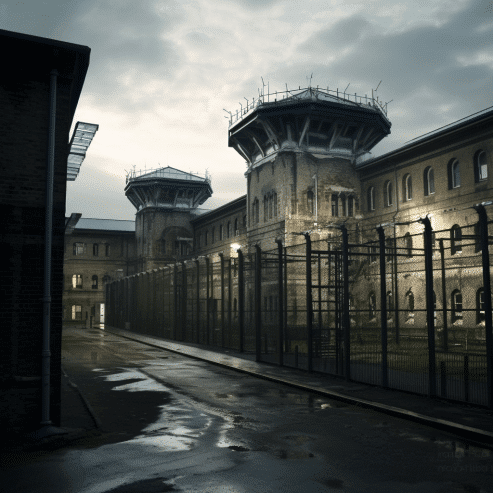How Much Does a UK Prisoner Cost?
How Much Does a UK Prisoner Cost?
When considering the costs of the prison system, one of the most frequently asked questions is, “How much does it cost to keep a prisoner in the UK?” The financial implications of imprisonment are substantial, and understanding these costs is crucial for taxpayers, policymakers, and those involved in the justice sector. This article will shed light on the economic aspects of maintaining inmates in the UK’s correctional facilities.


How Much Does a UK Prisoner Cost?
Average Annual Cost per Prisoner
According to the Ministry of Justice’s annual reports, the average annual cost per prisoner in the UK can vary depending on the type of institution and its location. As of recent data, the average annual expenditure per prisoner in England and Wales is approximately £40,000. This figure encompasses various costs, from security and prison staff wages to prisoner health care, education, and rehabilitation programs.
Factors Influencing Prison Costs:
Prison Type: High-security prisons or Category A facilities typically have higher operating costs due to the stringent security measures in place.
Location: Prisons located in urban areas might experience higher operational costs than those in rural regions.
Inmate Health and Age: Older inmates or those with severe health issues require more medical attention, adding to the overall cost.
Rehabilitation and Training Programs: Prisons that offer extensive rehabilitation, educational, and vocational training programs might have additional costs, although these can lead to long-term societal benefits by reducing reoffending rates.
How Much Does a UK Prisoner Cost?
Why Understanding this Cost is Essential
Understanding the financial implications of imprisonment is vital for multiple reasons:
Budgetary Planning: Policymakers need to allocate funds appropriately to ensure prisons operate effectively.
Taxpayer Value: As the prison system is funded by taxpayers, there’s a duty to ensure that money is spent efficiently.
Rehabilitation vs. Punishment Debate: The cost-benefit analysis plays a role in the ongoing debate about the primary purpose of prisons—whether they should focus on punishment or rehabilitation.
Alternatives to Imprisonment: By understanding the costs associated with imprisonment, the justice system can evaluate other potentially more cost-effective alternatives like community service, electronic monitoring, or restorative justice initiatives.
Conclusion
While the financial aspect of imprisonment is significant, it’s essential to remember that the prison system’s ultimate goal is to maintain public safety, rehabilitate offenders, and reduce reoffending. Though keeping prisoners comes with a price tag, it’s a necessary expenditure for society’s overall well-being. However, by understanding these costs, we can seek ways to make the system more efficient and effective.
Related Topics:
- The UK’s Prison Overcrowding Challenge
- Rehabilitation Programs in UK Prisons
- Benefits of Community Sentencing over Imprisonment




